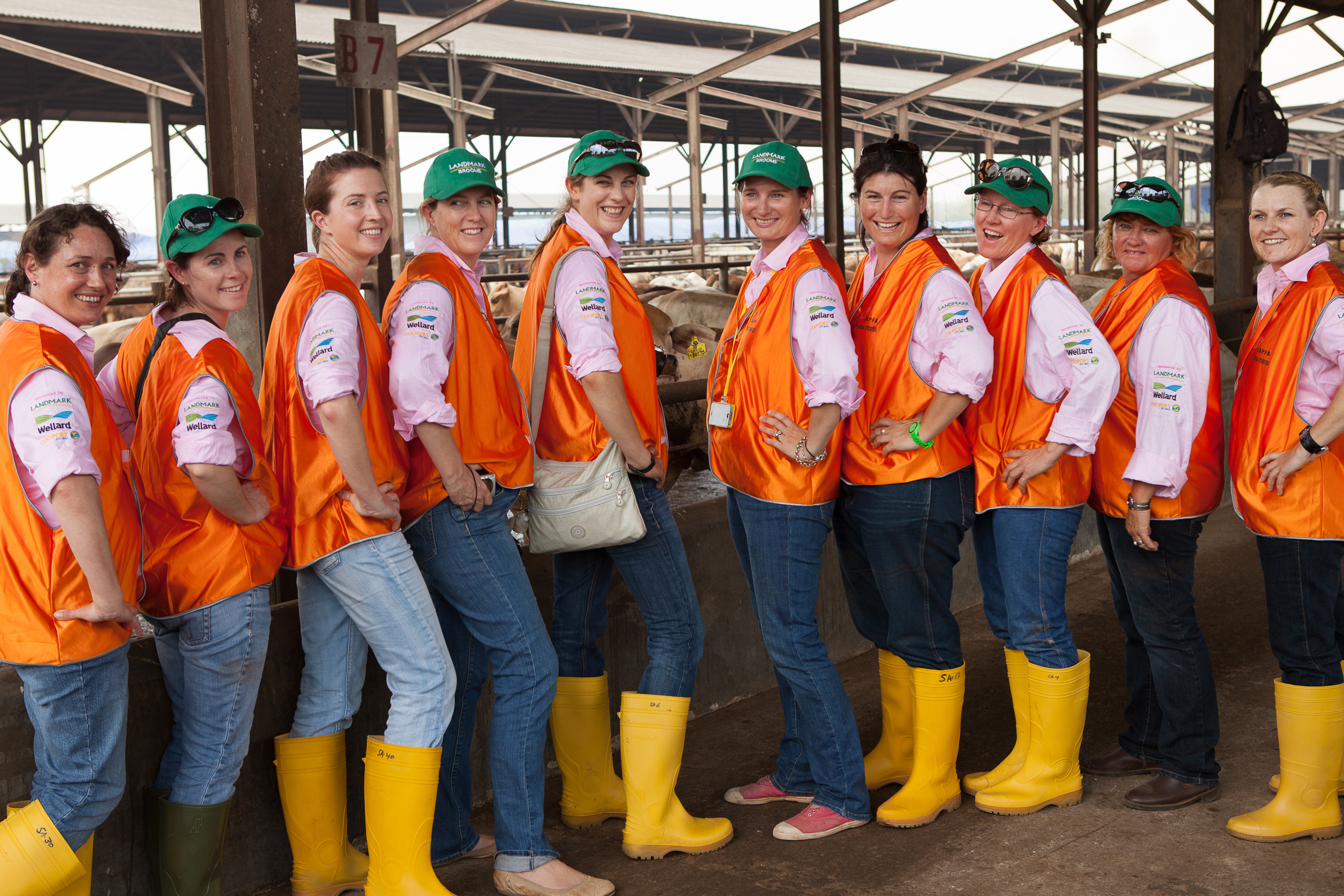



Article by: Hari Yellina (Orchard Tech)
Women have always been critical contributors to agriculture and food production across the world. According to the UN, almost a third of women’s employment globally is in agriculture, including forestry and fishing – and this statistic may exclude self-employed and unpaid family workers. While the percentage of women farmers in upper-middle and high-income countries is less than 10%, agriculture remains the most critical employment sector for women in low-income and lower-middle-income countries.
Yet, women farmers have significantly less access to, and ownership of, land compared to men. Women account for only 12.8% of agricultural landholders globally, and often, the enormity of their efforts is unrecognised. In Australia, women’s role in agriculture has been recognised and ignored in equal measure throughout history. Census data show that women made up 32% of Australia’s agricultural workforce in 2016. Today, they produce at least 48% of real farm income in Australia. Yet gender-specific obstacles, such as financing, lack of access to land, education and training, equal treatment, and lack of representation in the industry bodies, put female farmers at a significant disadvantage before they even sow a seed.
Australia’s political regime and an export-oriented economy have led to what’s known as competitive productivism – the pressure to expand businesses into large, export-focused enterprises. The impetus to increase production while crunching market prices have pushed farmers to use large-scale production schemes and use more external inputs such as chemicals, pesticides and fertilisers. The rural debt is skyrocketing, and producers are under pressure to get big or get out.
According to research, women farmers were more likely to engage in sustainable and alternative agriculture practices because these reflect their values. Many of the women that Newsome has surveyed said they try to work in harmony with nature rather than attempting to dominate it, disrupting the traditional, masculine vision of what farming means.
Sustainable agriculture also has lower financial barriers to entry and yields higher-value products that make smaller farms more viable. Women farmers have reduced production costs by replacing machinery and energy consumption with manual labour, which also gave them a sense of empowerment. They’ve avoided the use of fertilisers and pesticides, following the natural cycles of the land instead.
Women have focused on producing high-quality, niche products rather than large-scale production. They’ve found ingenious ways to market their products by building trustworthy relationships with their customers, continuously adapting to changing trends and demand. They’ve shown farm transparency and accountability through social media posts, photos, and videos at the markets, avoiding the expense of organic certifications.